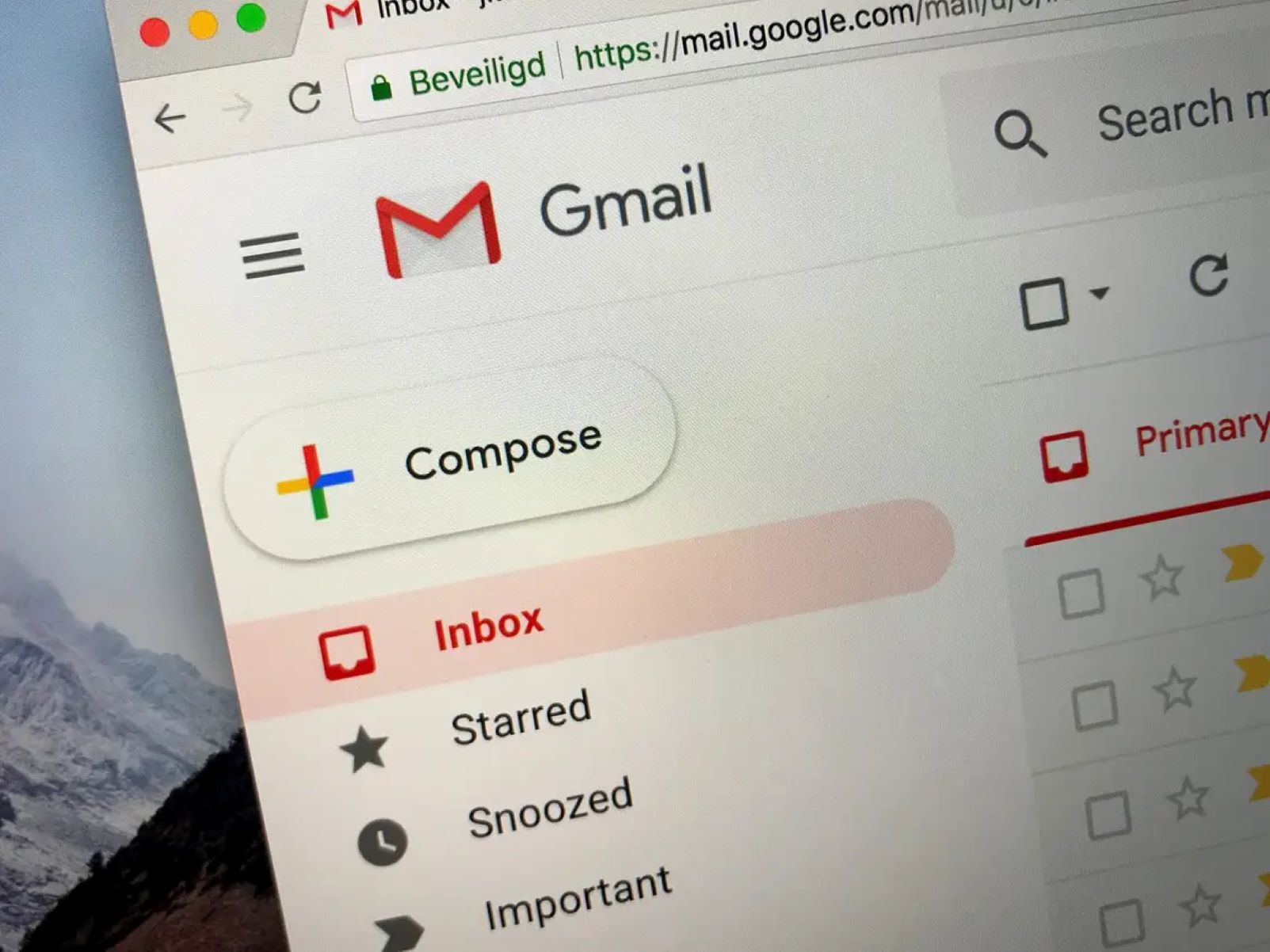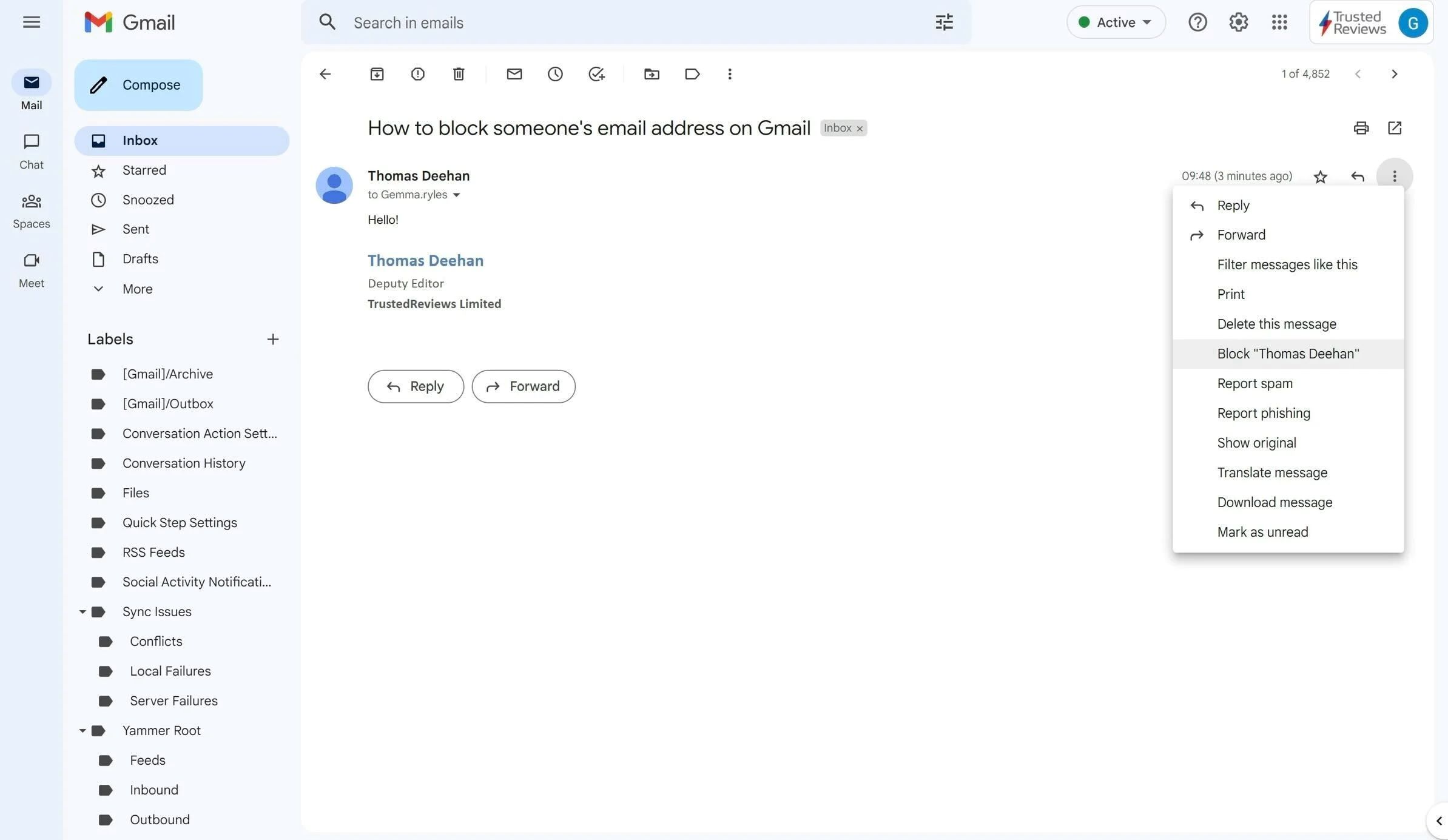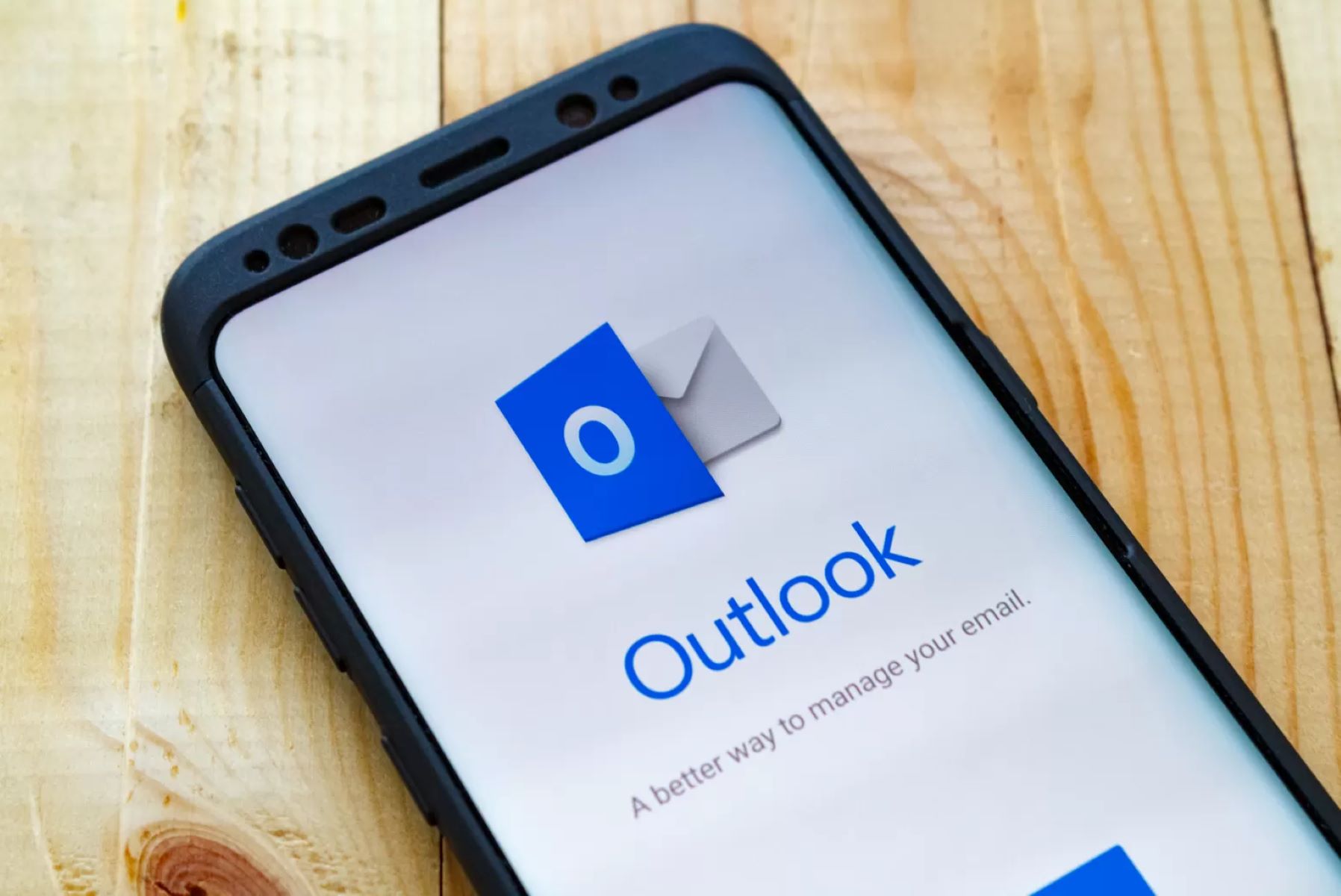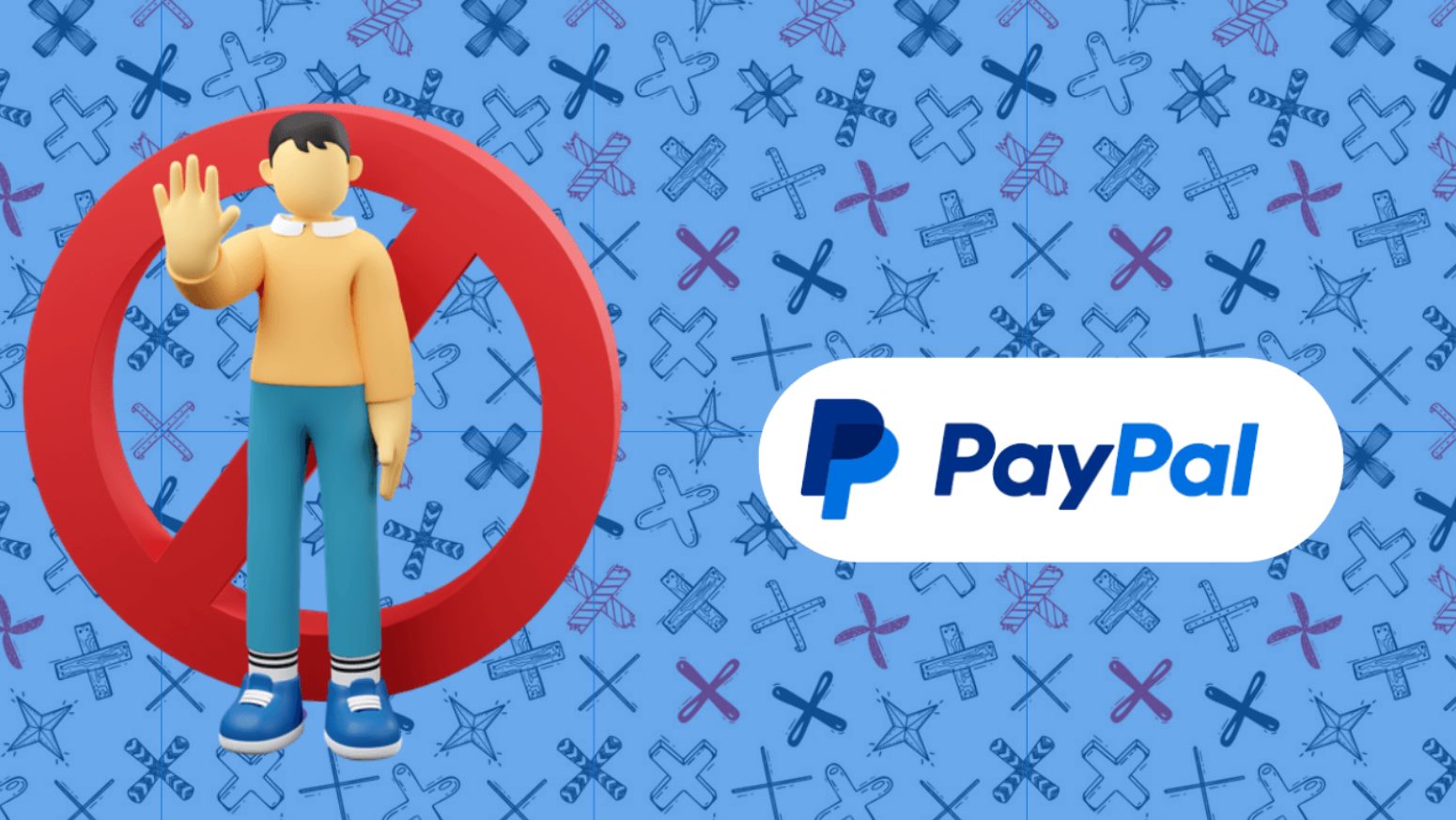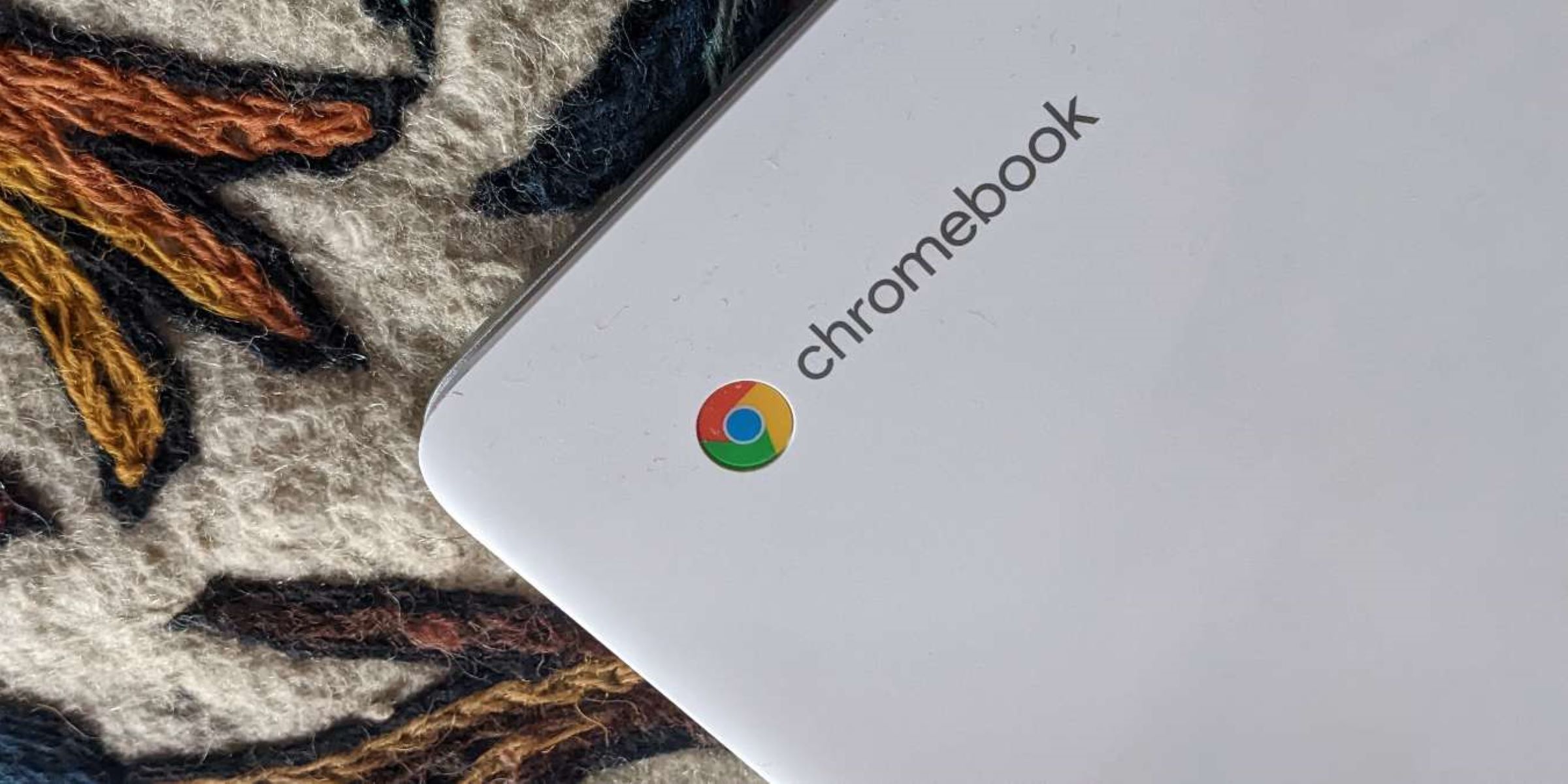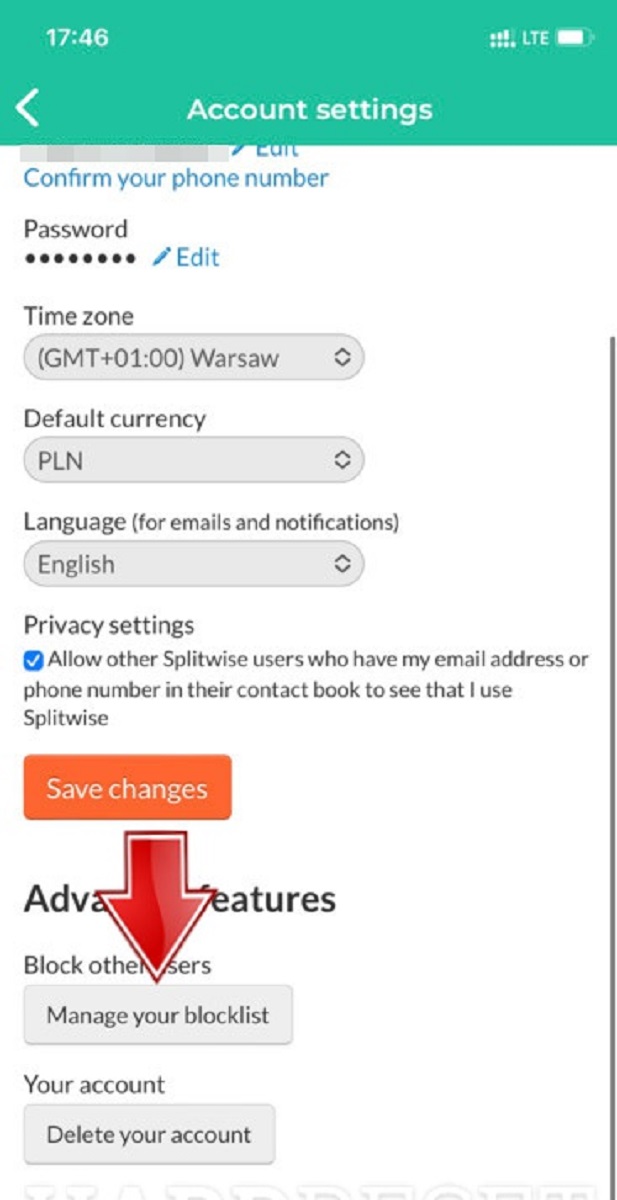Introduction
Welcome to our comprehensive guide on how to unblock email on Gmail. Gmail is one of the most popular and widely used email platforms, offering a multitude of features and a user-friendly interface. While Gmail strives to ensure a safe and secure email experience for its users, there may be instances where legitimate emails are mistakenly blocked and end up in the spam or blocked folder.
Having important emails blocked can be frustrating and potentially detrimental, especially if they contain critical information or time-sensitive communications. That’s why it’s essential to be familiar with the steps to unblock email on Gmail, ensuring prompt access to your messages and preventing any inconvenience.
In this guide, we will explore the reasons behind email blocking on Gmail, how to check if your email is blocked, and provide you with a step-by-step guide to unblock email effectively. We will also discuss alternative methods you can try if the standard procedure does not work. Finally, we will share valuable tips to help you prevent future email blocking.
So, whether you are facing the issue of blocked emails for the first time or have had this problem before, this guide will equip you with the necessary knowledge and practical solutions to overcome email blockages on Gmail.
Reasons for Email Blocking on Gmail
There are several reasons why Gmail may block certain emails and send them directly to your spam or blocked folder. Understanding these reasons can help you identify potential issues and find appropriate solutions. Here are some common reasons for email blocking on Gmail:
- Spam Filters: Gmail uses advanced spam filters to protect users from unsolicited and potentially harmful emails. These filters analyze various factors, including email content, sender reputation, and user feedback, to determine whether an email should be marked as spam and blocked.
- Blacklisted Senders: Gmail maintains a list of known spam senders and malicious domains. If an email is sent from a blacklisted sender or contains links to blacklisted domains, it is likely to be blocked to ensure user safety.
- Suspicious Attachments: Emails with suspicious attachments, such as executable files or files with suspicious file extensions, may be blocked by Gmail to prevent potential malware infections or other security risks.
- High Volume of Emails: If you receive a high volume of emails from a particular sender within a short period, Gmail’s algorithms may flag them as spam and block them to maintain inbox cleanliness and prevent overload.
- Incorrect Email Configuration: Incorrect email server settings, including improper DNS records or misconfigured SPF and DKIM settings, may lead to email blocking on Gmail. These settings help verify the authenticity of incoming emails and ensure they are not spoofed or manipulated.
It’s essential to note that Gmail’s email blocking mechanisms aim to protect users from unwanted and potentially harmful messages. However, legitimate emails may occasionally be caught in these filters, resulting in false positives. Understanding these reasons will help you troubleshoot and determine the appropriate course of action to unblock your emails on Gmail.
How to Check if Your Email is Blocked
If you suspect that your email is being blocked on Gmail and not reaching its intended recipient, there are a few steps you can take to check if your email is indeed blocked. Follow these methods to verify the blocking status:
- Check the Spam Folder: The first place to look for blocked emails is the spam folder. Sometimes, legitimate emails can be mistakenly marked as spam and end up in this folder. Open your Gmail account and navigate to the spam folder to see if your email is there. If you find it, you can mark it as not spam to help Gmail learn and prevent future blocking.
- Send a Test Email: To confirm if your emails are being blocked, send a test email to the recipient or another account you have access to. If the test email goes through successfully, it’s likely that your previous emails were blocked. However, if the test email does not reach the recipient or ends up in the spam folder, there might be other issues causing the delivery problem.
- Check the Blocked Senders List: Gmail allows users to create a list of blocked senders. Check your Gmail settings to ensure your recipient’s email address is not blocked unintentionally. If you find the address in the blocked senders list, remove it to ensure future emails can be delivered.
- Contact the Recipient: If you suspect that your email is blocked by a specific recipient, reach out to them through an alternative means of communication, such as a phone call or a different email address. Inquire if they received your emails and ask if they have flagged any of your emails as spam or blocked.
- Use Email Delivery Testing Tools: There are online tools available that can simulate an email delivery test. These tools allow you to send a test email and check if it is delivered successfully or marked as spam. This can help identify if there are any issues with your email delivery or if it is being blocked by Gmail’s filters.
By following these steps, you can determine if your emails are being blocked on Gmail and take appropriate measures to address the issue. Keep in mind that email blocking can be caused by various factors, so it’s crucial to investigate each possibility to find the most effective solution.
Step-by-Step Guide to Unblock Email on Gmail
If you’ve confirmed that your emails are being blocked on Gmail, don’t worry. There are several steps you can take to unblock your emails and ensure they reach their intended recipients. Follow this step-by-step guide to unblock email on Gmail:
- Check the Blocked Senders List: Start by checking your Gmail settings for any blocked senders. Sometimes, you may have accidentally blocked a sender or a specific email address. Go to your Gmail settings, navigate to the “Filters and Blocked Addresses” section, and ensure that the sender’s email address is not listed there. If it is, remove the entry to unblock the sender.
- Review Message Filters: Gmail allows you to set up filters to automatically categorize and manage your emails. Check if you have any filters that might be blocking the specific sender or filtering their emails into a different folder. Remove or modify the filters accordingly to allow the emails to reach your inbox.
- Mark Emails as Not Spam: If your emails consistently end up in the recipient’s spam folder, ask them to mark your emails as “not spam.” This action helps train Gmail’s spam filtering system to recognize your emails as legitimate and prevents future blocking.
- Create Whitelists: In some cases, Gmail’s filters may mistakenly block emails from certain domains or email addresses. To ensure your emails bypass these filters, you can create whitelists. Whitelisting allows you to specify trusted email addresses or domains, ensuring that their emails are not blocked or sent to spam.
- Verify DNS Settings: Incorrect DNS settings can sometimes cause email blocking issues. Ensure that your DNS records, including SPF and DKIM, are properly configured. A misconfigured DNS can trigger Gmail’s filters and result in email blocking.
- Send a Test Email: After making the necessary adjustments as mentioned above, send a test email to the previously blocked recipient. Ask them to check if they have received the email and to verify if it has landed in their inbox instead of the spam or blocked folder.
By following these steps, you should be able to unblock email on Gmail and ensure that your messages reach their intended recipients with ease. However, if the issue persists or if you continue to face email blocking problems, you may need to explore alternative methods and seek additional assistance to resolve the issue.
Alternative Methods to Unblock Email on Gmail
If the standard steps mentioned earlier do not resolve the issue of blocked emails on Gmail, there are a few alternative methods you can try. These methods can help you troubleshoot and overcome email blocking problems on Gmail:
- Contact Gmail Support: If you have tried the standard methods to no avail, reaching out to Gmail support can provide valuable assistance. Gmail’s support team can investigate and help resolve any complex email blocking issues you are facing.
- Use Email Whitelisting Services: Consider using third-party email whitelisting services like Return Path or TrustedSource to improve email deliverability to Gmail users. These services help establish credibility for your email domain and ensure your emails are not blocked or marked as spam.
- Consider Email Migration: If you continue to face persistent email blocking issues on Gmail, you might consider migrating to a different email provider that better suits your needs. While this can be a drastic step, it can help you avoid ongoing email blocking frustration.
- Request Sender to Change Email Provider: If your emails are consistently getting blocked by Gmail, you can request the sender to consider using a different email provider. This can help prevent future blocking issues and ensure smooth communication between you and the sender.
- Check Sender’s Reputation: If you suspect that the sender’s email address or domain may have a poor reputation, use online tools to analyze their reputation. If the reputation is deemed poor, it may be a contributing factor to the blocking. In such cases, encourage the sender to improve their reputation by following email best practices.
Remember, these alternative methods are meant to be used when the standard steps fail to unblock your emails on Gmail. It’s important to assess the situation and choose the most appropriate method based on your specific circumstances.
Keep in mind that Gmail has robust security measures in place to protect users from spam and potential threats. While these measures are necessary, they can sometimes lead to false positives and legitimate emails being blocked. Patience, persistence, and exploring alternative solutions will help you overcome email blocking challenges on Gmail.
Tips to Prevent Emails from Being Blocked in the Future
Experiencing the frustration of having your emails blocked on Gmail can be avoided by taking proactive measures to prevent it from happening in the first place. Here are some essential tips to help you ensure that your emails are not blocked in the future:
- Maintain a Good Sender Reputation: Establishing and maintaining a positive sender reputation is crucial. To do this, practice good email etiquette, avoid sending spam or irrelevant messages, and encourage recipients to engage with and whitelist your emails.
- Authenticate Your Emails: Implement email authentication protocols such as SPF (Sender Policy Framework) and DKIM (DomainKeys Identified Mail) to verify the authenticity of your emails. This helps build trust with email providers and decreases the chances of your emails being marked as spam or blocked.
- Monitor Blacklists: Regularly check if your domain or IP address is listed on any blacklists. Being listed on blacklists can lower your email deliverability and increase the likelihood of your emails being blocked. Take necessary actions to get removed from blacklists promptly.
- Optimize Email Content: Craft your emails thoughtfully, ensuring that they are relevant, engaging, and valuable to the recipients. Use a clear and concise subject line, avoid excessive use of capital letters, and include a call-to-action to encourage recipient interaction.
- Avoid Spam Trigger Words and Phrases: Be mindful of the words and phrases you use in your email communications. Some words and phrases are commonly associated with spam and can trigger filters that lead to email blocking. Familiarize yourself with such terms and avoid using them in your emails.
- Request Whitelisting: Ask your recipients to add your email address or domain to their contact list or whitelist. This ensures that your emails bypass spam filters and are delivered to their inbox. Encourage them to regularly check their spam or blocked folder for mistakenly filtered emails.
- Regularly Update Email Contact Lists: Keep your email contact lists up to date and remove any inactive or invalid email addresses. This helps maintain a good sender reputation and reduces the chances of your emails being blocked due to a high bounce rate.
- Test Email Delivery: Prior to sending important emails to a large audience, conduct small-scale tests to ensure proper delivery. Send test emails to different email providers and check if they are delivered correctly. This allows you to identify and resolve any potential delivery issues before sending out mass emails.
By following these tips, you can significantly reduce the risk of your emails being blocked on Gmail and improve the overall deliverability of your messages. Proactive measures and good email practices play a crucial role in maintaining successful email communication.
Conclusion
In conclusion, email blocking on Gmail can be a frustrating experience, but it’s not an insurmountable problem. By understanding the reasons behind email blocking, checking for blocked emails, and following the step-by-step guide we provided, you can effectively unblock email on Gmail and ensure smooth communication with your recipients.
We discussed the common reasons for email blocking, such as spam filters, blacklisted senders, and suspicious attachments. Additionally, we provided a guide to help you check if your email is blocked and shared alternative methods to unblock email on Gmail if the standard steps don’t work. We also highlighted useful tips to prevent future email blocking, including maintaining a good sender reputation, authenticating your emails, and optimizing your email content.
Remember, Gmail’s blocking mechanisms are in place to protect users from spam and potential threats. While occasionally legitimate emails may be caught in these filters, patience and persistence will help you navigate and overcome email blocking challenges. If necessary, you can explore alternative methods such as reaching out to Gmail support or considering email migration to resolve persistent issues.
By implementing the suggested tips and best practices, you can greatly minimize the chances of your emails being blocked in the future. Ensuring a positive sender reputation, authenticating your emails, and optimizing your email content will go a long way in improving email deliverability and recipient engagement.
We hope this comprehensive guide has been helpful in assisting you with unblocking email on Gmail and preventing future blockages. Effective email communication is essential for personal and professional relationships, and by overcoming email blocking challenges, you can continue to stay connected and deliver important messages with confidence.







